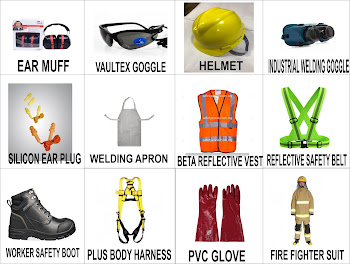HYDROLYSIS AND POLYURETHANE EXPLAINED
Many of our shoes have the soles attached to the uppers by a process where 2 materials are brought together in a mould, the resultant chemical reaction forms polyurethane. The use of polyurethane makes a lightweight flexible sole which is not only shock absorbent but also extremely hard wearing, that's why polyurethane is ideal for shoes.
One of the main technical challenges with polyurethane is overcoming an ageing deterioration known as ‘hydrolysis’. Hydrolysis is the chemical breakdown of the PU polymer and the resulting physical breakdown or crumbling of the PU sole by the attack of water (usually in vapour form), occurring over a period of several years (even when the shoes are in store!).
This process is accelerated by warmth and high humidity. It will, therefore, happen more quickly in tropical climates, but also in confined spaces (such as lockers) if the safety shoes are put away damp. In the most advanced state of hydrolysis, the PU sole will lose all its physical strength, thus cracking or crumbling.
There are 2 types of PU soles. There is a Polyether-based PU sole and a Polyester-based PU sole. Polyether-based PU soles have high resistance against hydrolysis and low oil resistance. Polyester based PU soles have low resistance against hydrolysis and high oil resistance.
Safety shoes are always using a polyester based PU sole. The basic PU sole used in most safety shoes on the market lasts for 1.5 years in tropical conditions and 3 years in normal conditions.
At Safety Zone Nigeria we ensure that our safety boots and shoes PU sole, are upgraded with improved resistance against hydrolysis, lasts for 4 years in tropical conditions and 8 years in normal conditions.
Do you have any question about hydrolysis or crumbling shoe soles?
Don’t hesitate to contact us right away at No 11 Enoma Street Ago Palace Way, Okota Lagos. You can also visit www.safetyzone.com.ng or call 07069665451, 07030398999



Comments
Post a Comment